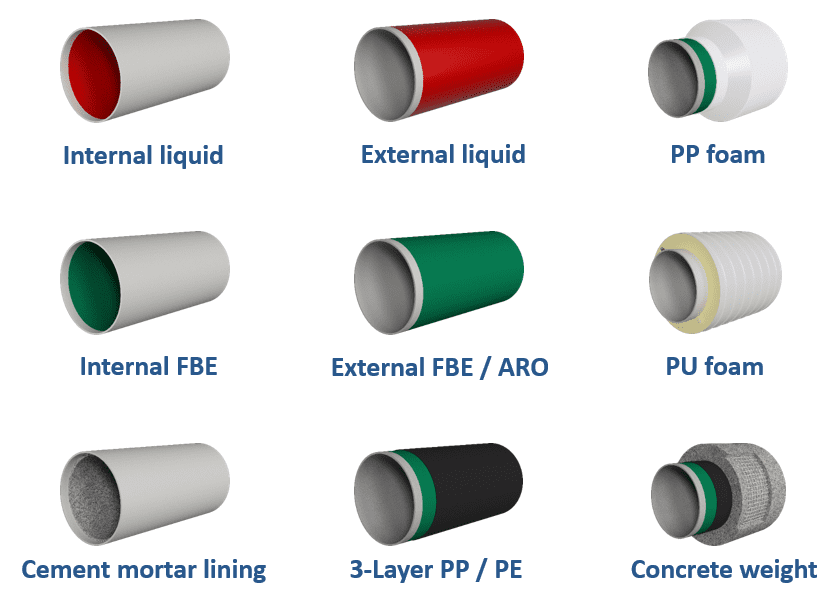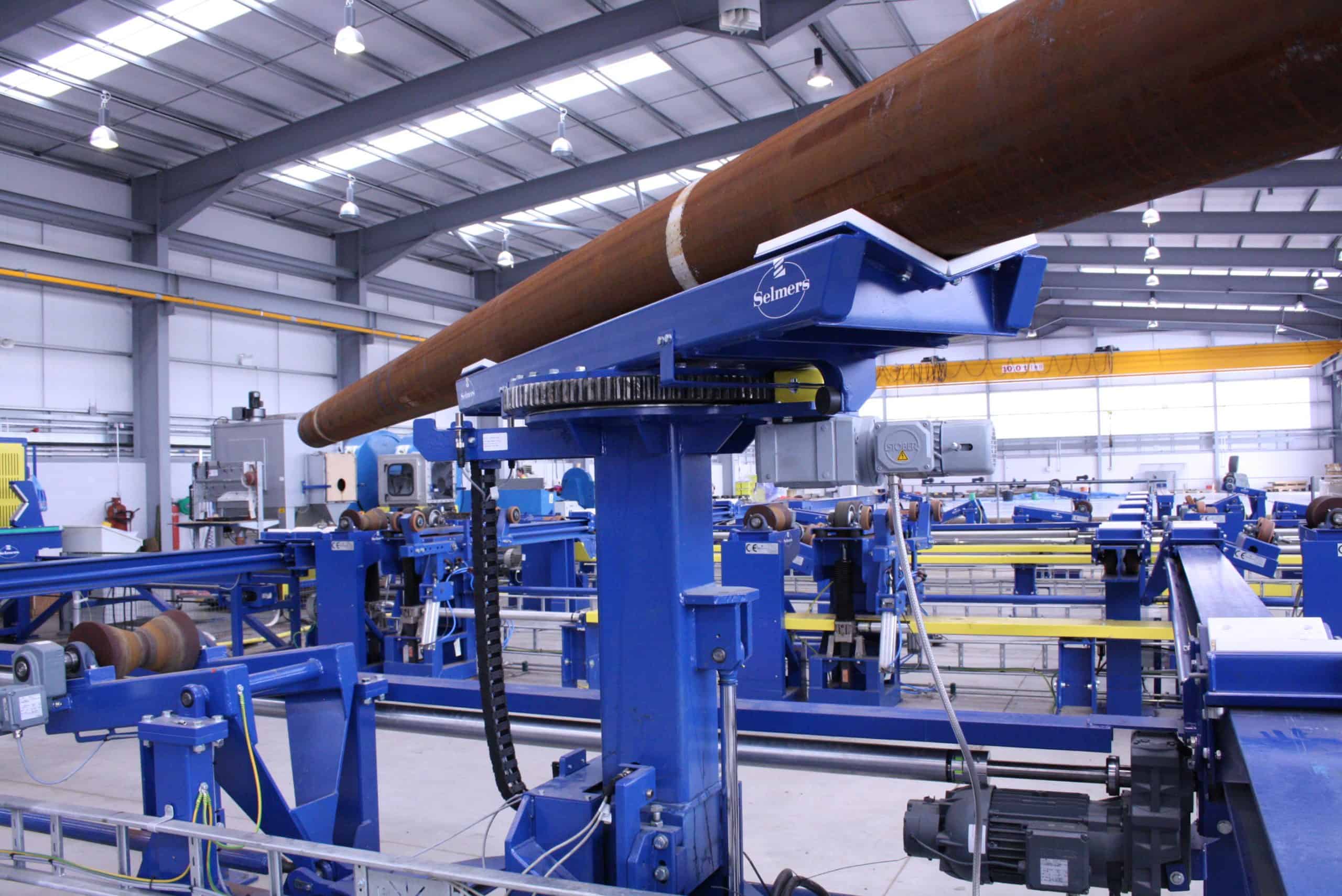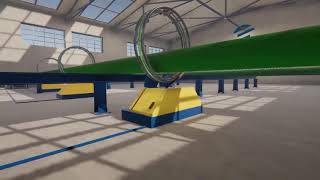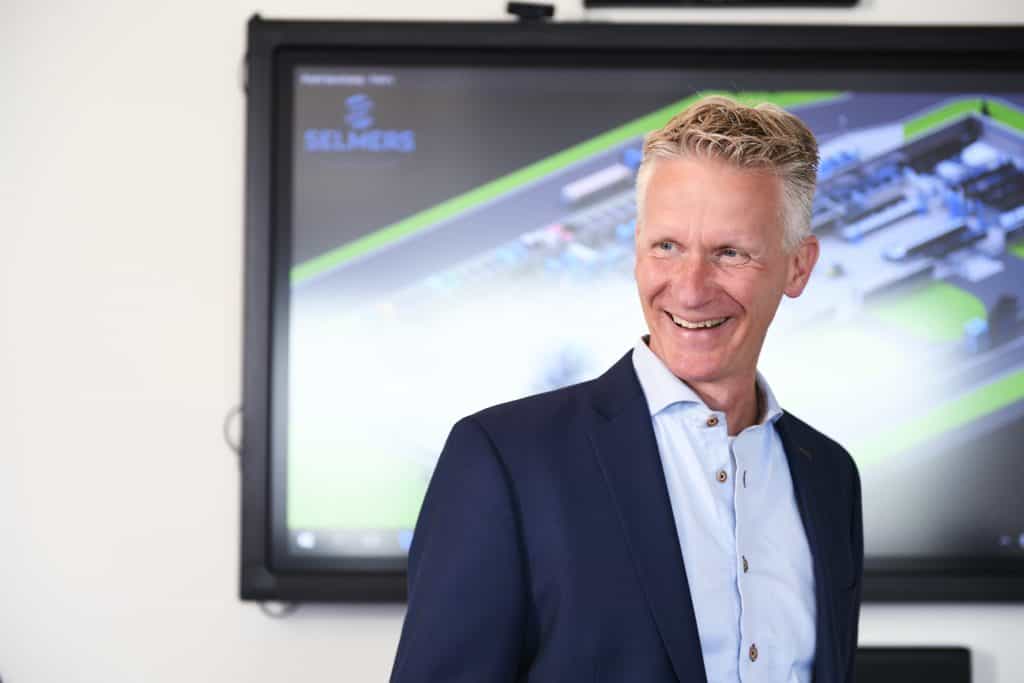HOT – UV Coating without Heat!
UV coatings have recently garnered significant attention within the industrial sector. Selmers has therefore decided to integrate UV coatings for tubes into our offerings. This technology represents a new market avenue for us and underscores our commitment to environmental responsibility and innovation.
To remain agile, we have grown alongside market demand, where ‘sustainability’ is the keyword. We operate on the principle that environmentally friendly applications start at the source. By enhancing the sustainability factor of our products, we also aid our customers in meeting international sustainability standards such as CSRD. We even have our own sustainability employee, focused solely on keeping our operations as green as possible.
Tapping into a New Market Segment
The new market segment we are venturing into broadens the scope beyond our traditional focus on pipe coating. Tubes are increasingly used in constructions, including chair frames, steel frames, fences, and other hollow steel structures. Even tools like drill pipes can benefit from this application.
What’s the Problem?
If it isn’t broken, don’t fix it, right? So, why replace perfectly good powder and water/solvent-based paint coatings with a UV coating? The reasoning behind this is simple. Current powder and water/solvent-based coatings use gas, IR ovens, and induction heating. These are not only costly, with prices having skyrocketed, but also, some high Volatile Organic Compound coatings (VOCs) need Regenerative Thermal Oxidizers to combust VOCs and exhaust fumes, which weigh heavily on both your carbon footprint and energy expenditures.
Small and Fast
Furthermore, the process of drying traditional coatings requires an extensive amount of time and procedures. This is costly, especially considering the fast-paced industries these tubes are used in. UV coatings, however, are instantly dry, allowing the tube to be moved for further treatment. Moreover, a UV coating installation is about ten times smaller because a separate drying section is redundant. The tube is fed through a cabinet and is immediately ready for use. This results in less energy consumption due to heating, less factory space required, and faster installation.
Partnering with Specialists
For the development of this solution, we worked together with Allied PhotoChemical as a strategic partner. They are a respected and well-known international supplier of UV-coating materials. This partnership has allowed us to test extensively with the material and improve the application by getting to know the product better.
The Future is Near
Currently, microwave lamps are used for drying; however, the future is in LEDs, which are even more sustainable. We are continuously developing ahead of the market, as we strive to assist you in meeting your operational targets and regulatory requirements.
Innovate Better Together!
Stay ahead in the manufacturing game and join us at the forefront of manufacturing innovation. Whether you need project-specific solutions or comprehensive strategies for your production in the pipe, tube, wind, and profile industry, we’re here to assist. Call +31 (0)251 211 999, send an email to sales@selmers.com, or fill in the contact form.
*In which industries are tubes used?
- The oil and gas industry: transporting crude oil, natural gas, and refined products, casing and drilling in oil and gas wells.
- The energy sector: heat exchangers in power plants, structural components in wind turbines, conduits for electrical cables in energy transmission.
- The chemical and petrochemical industry: process piping for transporting chemicals, heat exchanger tubes in chemical reactors.
- The construction and infrastructure: structural elements in buildings and bridges, plumbing and HVAC (heating, ventilation, and air conditioning) systems.
- The automotive industry: fuel and brake lines, structural components in vehicle frames.
- The aerospace industry: hydraulic systems in aircraft, fuel lines and structural components in spacecraft and satellites.
- The manufacturing and machinery: components in machinery for various functions, such as hydraulics and pneumatics, protective casings for mechanical parts.
- The medical and healthcare: surgical instruments, stents and other implantable devices.
- The water and waste management: water distribution systems, including potable water and irrigation, sewage and drainage pipes.
- The food and beverage industry: process piping for transporting liquids and gases, heat exchangers for food and beverage processing.



